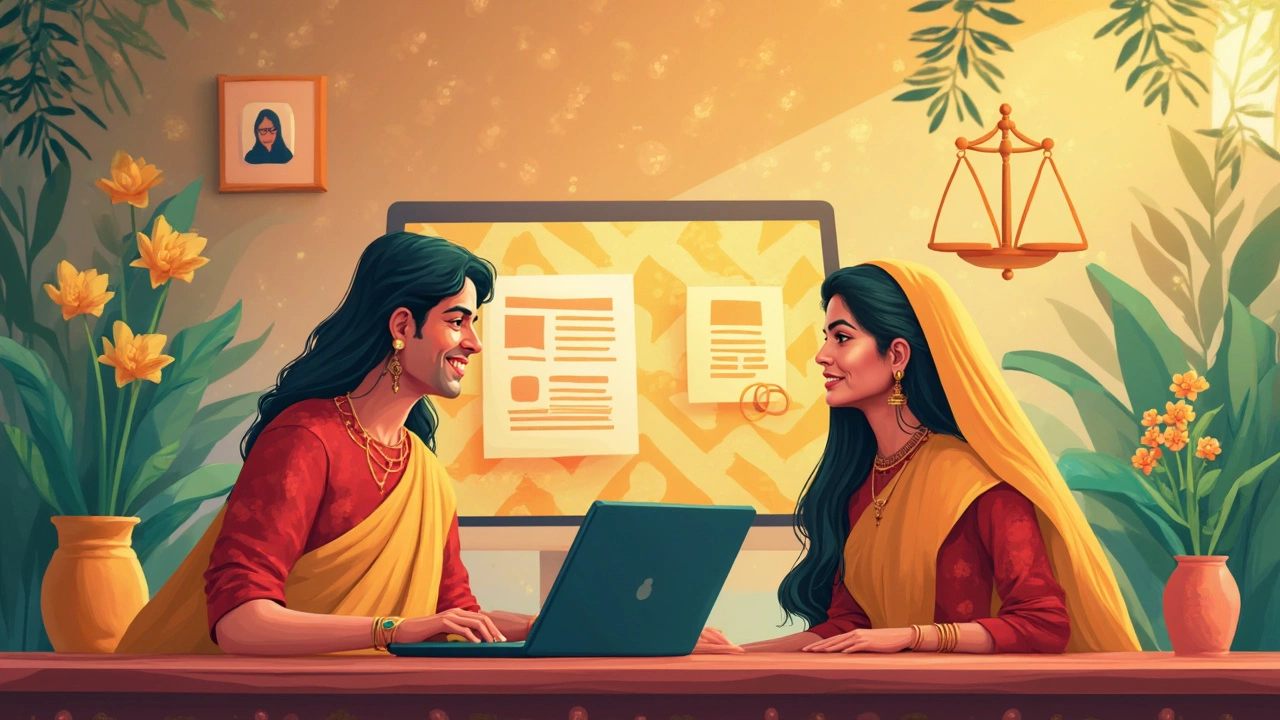Online Marriage Registration in India – Simple Steps to Get Your Digital Wedding Certificate
Getting married is exciting, but the paperwork can feel like a hassle. Thanks to online marriage registration, you can finish the legal formalities from your sofa. No more long queues at the tehsil office, no endless forms to carry. In this guide we’ll walk you through everything you need to know to register your marriage online, fast and correctly.
Why Choose Online Marriage Registration?
First off, it saves time. Most states let you complete the whole process on a portal, so you avoid travel and waiting hours. Second, it’s secure – your documents are uploaded directly to the government server, reducing the risk of loss. Third, you get a certified digital marriage certificate instantly, which you can download, print, or share with banks, passport offices, and other agencies. Finally, the fees are usually lower than the traditional method, and you can pay with a credit card or UPI.
Step‑by‑Step Guide to Register Your Marriage Online
1. Check eligibility. Both partners must be at least 21 (for men) or 18 (for women) years old, not already married, and must not be within the prohibited degrees of relationship. Make sure your marriage is performed under any recognized religion or under the Special Marriage Act.
2. Gather required documents. You’ll need:
‑ Proof of identity (Aadhaar, PAN, passport) for each partner;
‑ Proof of residence (utility bill, rental agreement, or passport copy);
‑ Age proof (birth certificate, school certificates);
‑ Wedding invitation or a declaration affidavit; and
‑ Photograph of both of you (usually 2‑3 cm x 2‑3 cm).
3. Create an account on your state’s e‑marriage portal. Most states use the “e‑Shram” or “e‑Registration” portal. Register with your mobile number or email, set a password, and verify using OTP.
4. Fill in the application. Enter your personal details exactly as they appear on your documents. Double‑check the spelling of names and dates – any mistake can delay approval.
5. Upload documents. Scan or take clear photos of each required paper. PDFs under 2 MB work best. The system will prompt you if any file is unreadable.
6. Pay the registration fee. Fees range from ₹200 to ₹500 depending on the state. You can pay via credit/debit card, net banking, or UPI. Keep the receipt – you’ll need it later.
7. Schedule an online verification (if required). Some states ask for a video call with a registrar to confirm the marriage ceremony. Have your wedding photos and invite handy.
8. Receive your digital certificate. Once the registrar approves, you’ll get an email with a PDF of your marriage certificate and a unique registration number. Download it, save a copy, and print if you need a hard copy.
That’s it – you’re officially married on paper without leaving home. If you run into a snag, the portal usually has a live chat or helpline. Common issues are blurry document uploads or mismatched names. Fixing those quickly gets you back on track.
Remember, the online process is legally binding, just like the traditional one. Keep your digital certificate safe, and you’ll have one less thing to worry about when applying for a joint bank account, a passport, or any other post‑marriage paperwork.
Ready to skip the line? Jump onto your state’s e‑marriage portal today and enjoy a smooth, paper‑free registration.

Is Online Marriage Registration Legal in India?
Explore the legality of online marriage registration in India, which has seen an increase due to digital advancements and the convenience it offers. Understand the processes, requirements, and limitations involved when opting for this route. The article provides clarity on how the legal system accommodates this modern approach, with a focus on what couples need to know before proceeding. The practicality of this option is weighed against traditional methods, offering readers a comprehensive understanding of registering their marriage online.